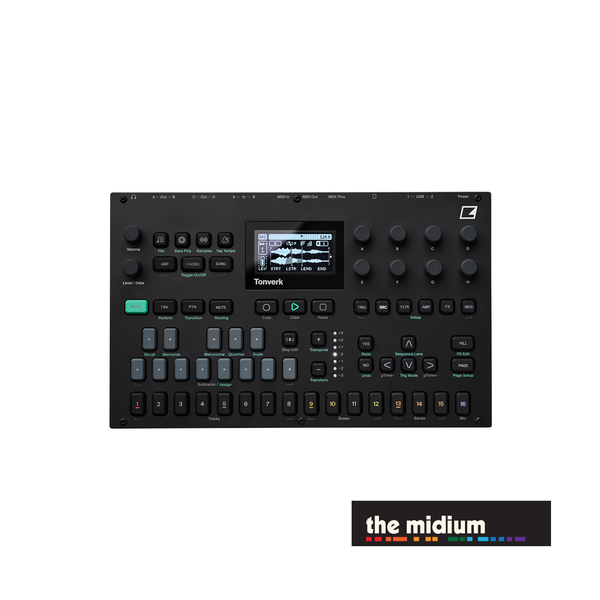
SEQUENCERS
After World War II, abstract and rhythmic electronic music as produced by Berlin School musicians featured rhythms and note sequences that would precede disco, modern electronic dance music (EDM), intelligent dance music (IDM), hip-hop, and other related genres. As the 20th century drew to a close, artists increasingly relied on sequencers that played rhythmic textures on their connected synthesizers; from early analog linear varieties to digital trackers and more complex sequencers, the ability to sequence notes and both CV and MIDI information changed music forever.
Read more about our curated collection...
Our collection builds on the history of sequencers and draws inspiration from various chapters, as it also presents artists with technologies grounded in today's most advanced approaches to MIDI and control voltage (CV) sequencing. You will find a carefully curated collection of sequencers that play that role exclusively, along with instruments that combine sequencers, synthesizers, and samplers in one environment.
Roger Linn, the designer of the first MPCs and recipient of a Grammy Award for Lifetime Technical Achievement, invented the LinnStrument, which is an expressive MIDI controller inspired by string instruments that is capable of sequencing external instruments via its non-traditional interface. We are showcasing both the large model and the smaller 128 variant of the Roger Linn Design LinnStrument in our collection.
In more familiar formats, Polyend's own sequencers––the Play and the Tracker––allow artists to sequence samples and various MIDI messages per step. The Polyend Play focuses more on working with loaded samples in a more horizontally arranged layout, whereas the Polyend Tracker introduces synthesis and sample editing capabilities while harkening back to the 1980s and 1990s with its vertical tracker-based workflow.
SOMA Laboratory's ORNAMENT-8 is an analog "organismic" sequencer (as described by its designer, Vlad Kreimer), that may be used to control and interact with CV-based modular synths, fixed-architecture electronic musical instruments and sequencers. Its workflow was designed to break with convention and place artists in the "now" of a production or performance, which is the reason given for eschewing onboard memory and other digital features. The ORNAMENT-8 also excels in its sequencer role with other SOMA Laboratory instruments, such as PULSAR-23 and LYRA-8. An adapter that eases connectivity with the SOMA Laboratory LYRA-8 is also available at The Midium®.
In more compact formats, Bastl Instruments presents a synthesizer/sequencer and MIDI looper. The Softpop SP2 is a semi-modular synthesizer with an onboard digital sequencer with user-definable scales (or keys) and looping capabilities, among other functions. Bastl Instruments designed the Softpop SP2 with Casper Electronics. Lastly, the Bastl Instruments Midilooper is a sequencer that loops and restructures MIDI information before sending it to other MIDI-capable hardware, while also interfacing with other CV-based synths, drum machines, and sequencers.
Please call 661.666.7293 during our regular hours of operation, or email us at info@themidium.com, if you have any questions. Thanks for navigating the digital halls of The Midium®. We look forward to hearing from you.

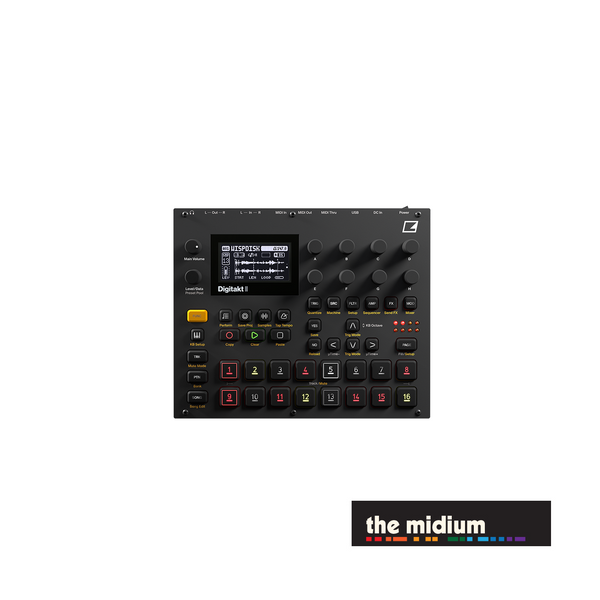
Elektron DIGITAKT II digital drum computer and stereo sampler
$1,099.00 $1,149.00
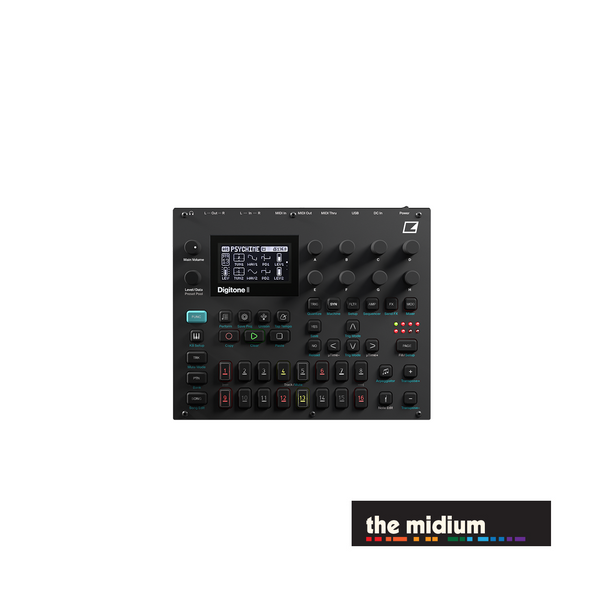
Elektron DIGITONE II 16-voice polyphonic digital synthesizer and sequencer
$1,099.00 $1,149.00
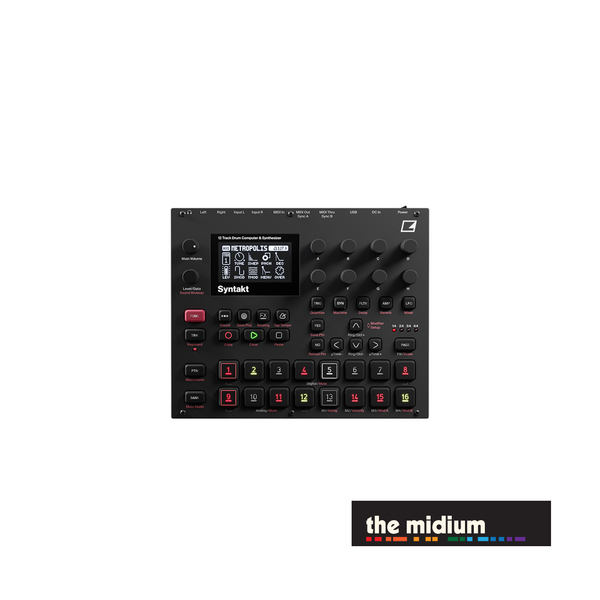
Elektron SYNTAKT 12-track analog / digital hybrid drum computer and synthesizer
$1,049.00 $1,149.00
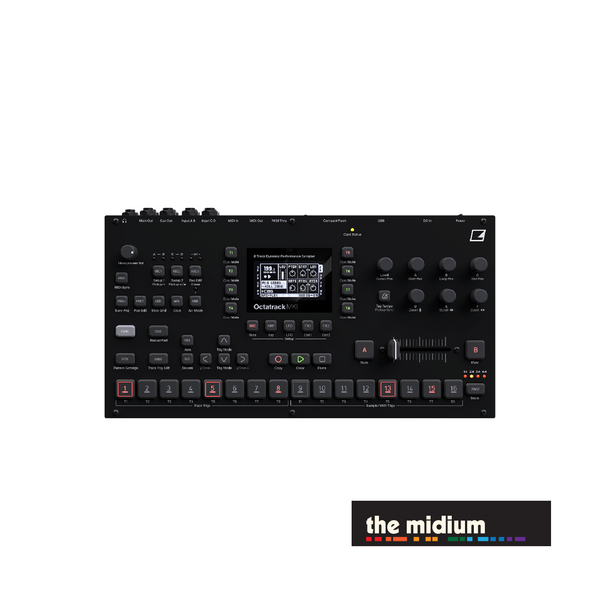
Elektron OCTATRACK MKII eight-track dynamic performance sampler
$1,599.00 $1,799.00

teenage engineering OP-XY portable synthesizer, sequencer, and sampler
Please call for availability
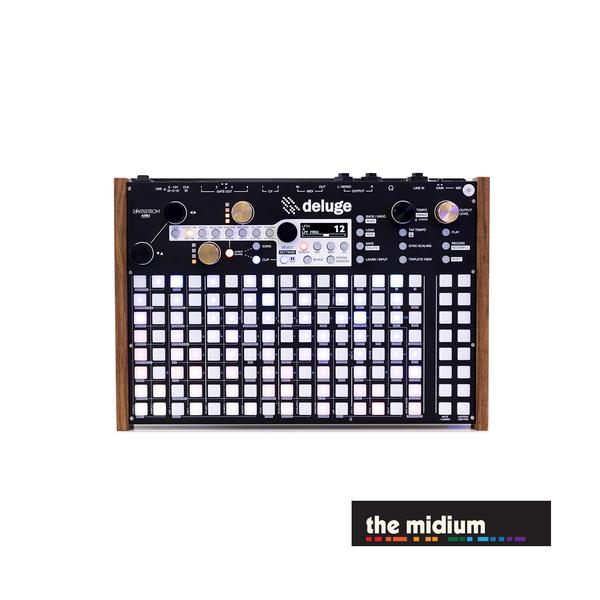
Synthstrom Audible Deluge with OLED display –– SIGNATURE EDITION (signed by Rohan Hill), LIMITED RUN OF 3
Please call for availability

Synthstrom Audible DELUGE synth, sampler, and sequencer with OLED display
$1,499.00 $1,699.00
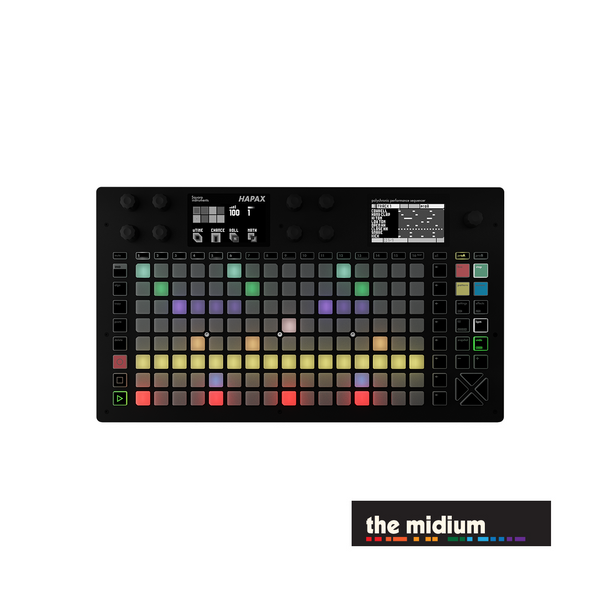
Squarp Instruments HAPAX dual-project MIDI and CV standalone sequencer
Please call for availability
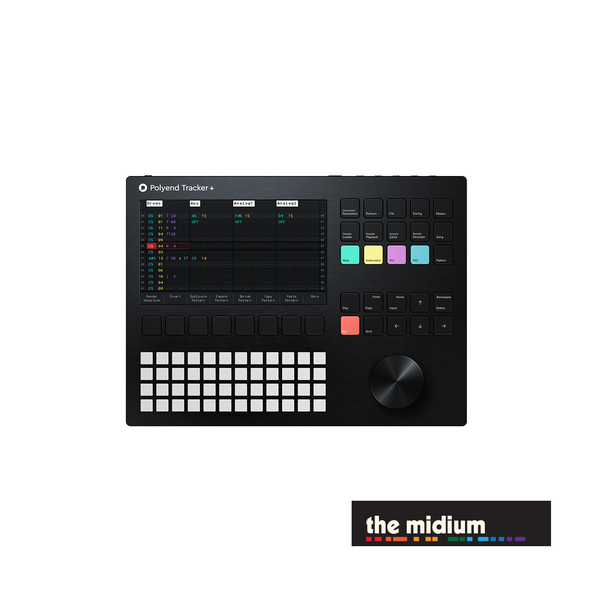
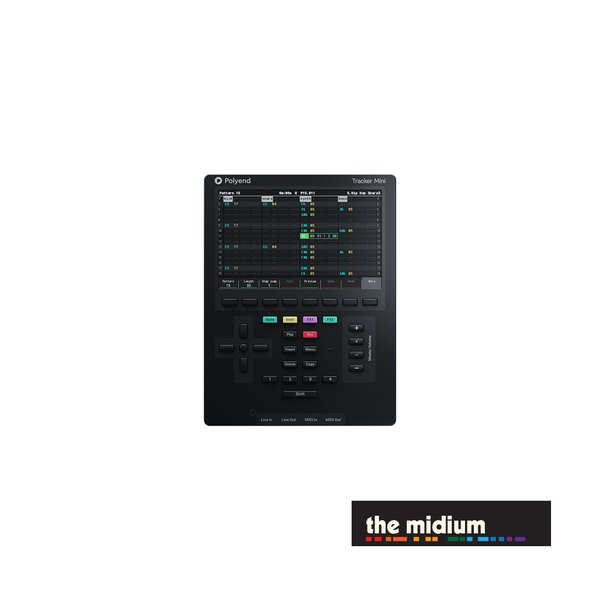
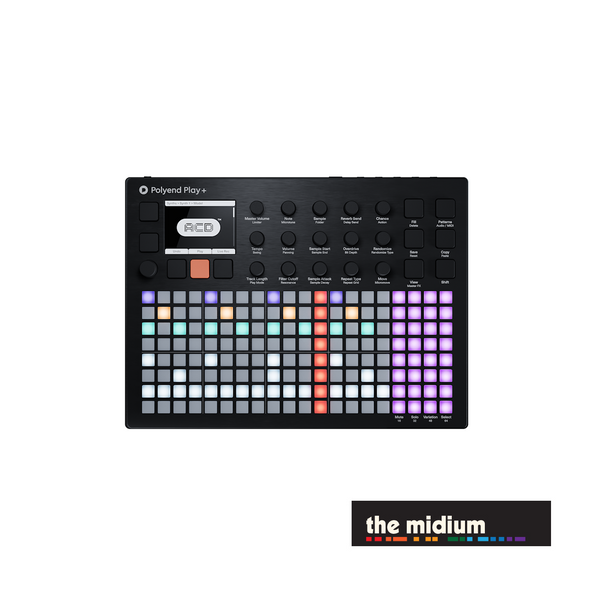
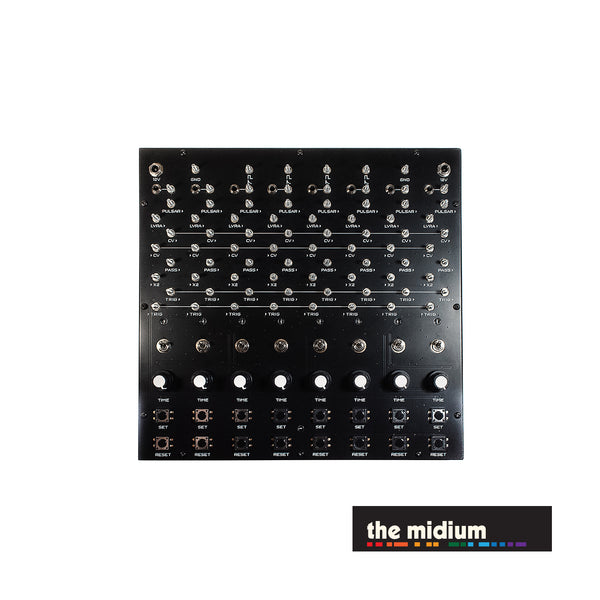
SOMA Laboratory ORNAMENT-8 organismic sequencer
Please call for availability
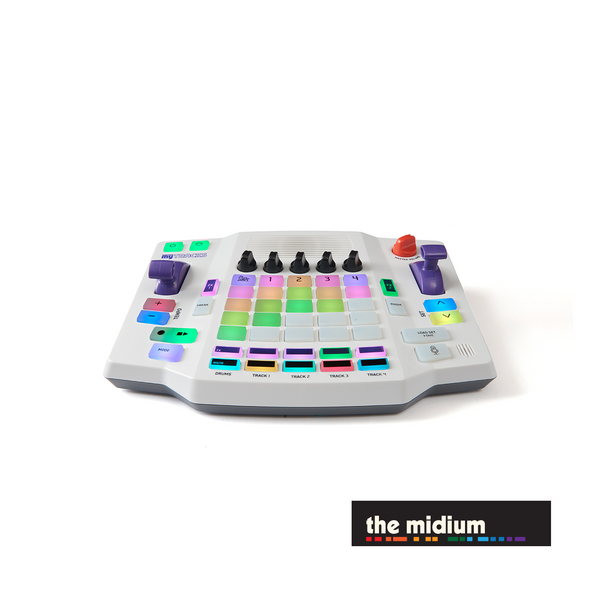
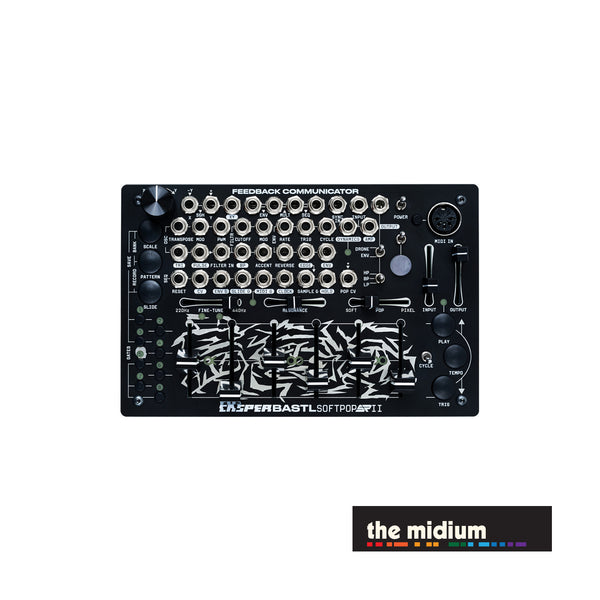
Bastl Instruments / Casper Electronics Softpop SP2 semi-modular desktop synth
Please call for availability
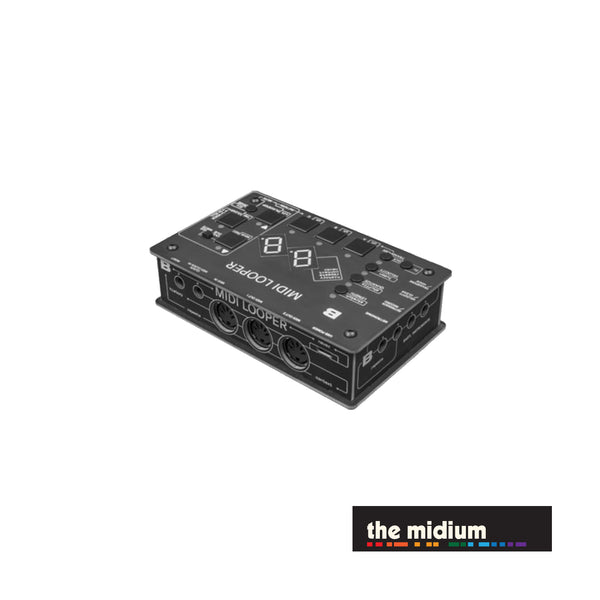
Bastl Instruments Midilooper experimental MIDI device
Please call for availability
